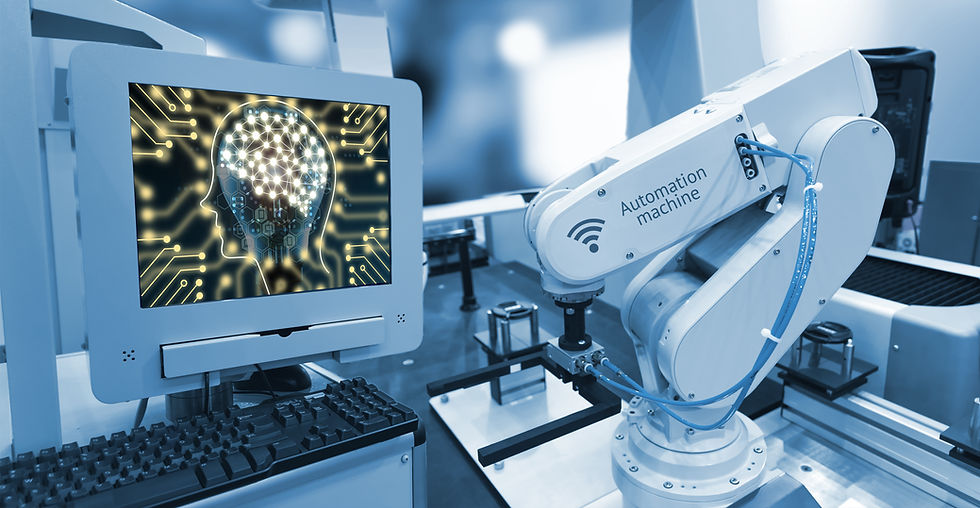The Fascinating World of Robotic Surgery
- Oct 18, 2020
- 2 min read
By: Ankhi Banerjee

Robotic surgery is a common term that you might hear pretty often. However, the technology behind this term has been cultivated for many years. The idea of robotic surgery first arose as far back as 1967, and the first successful robot-assisted surgical procedure was in 1985. Hap Paul and William Bargar developed the orthopedic image-guided system and the PUMA 560 robotic surgical arm and used in a neurosurgical biopsy.
But how does robotic surgery work? Many people think it to be a fully automated process, with an artificially intelligent robot taking care of everything without human interference. However, it is actually quite different from that. Robotic surgery is currently carried out through the da Vinci surgical method, which uses specialized arms for equipment as well as a camera, magnified screen, and a console. The surgeon uses the console to give directions for the robot to perform during the surgery.
There are many pros and cons for this process. Robotic surgery is usually less invasive, so there are less incisions and trauma involved. This reduces how long the procedure is, and reduces how long the patient has to stay in the hospital. A procedure that would take hospital bound for a week if done traditionally could be reduced to just a couple days if done with robots. Robots are also more precise than humans. They won’t shake during a life or death surgery, and they are able to rotate 360 degrees. They also have better cameras making it easier for the surgeon to see. It is also less draining for the surgeons. Usually, they will have to stand with the patient during the whole process, which may take hours, but with robotic surgeries, they are sitting at a desk operating the whole process.
However, there are hefty risks that come with this process, not to mention the cost of the machinery. These robots cost a lot of money to implement, and also to maintain. Any surgery using the da Vinci technology will require an additional $3000 - $6000 as compared to a normal surgery. Another problem that occurs with the use of this technology is movement latency. If there is ever an issue during a surgery, and the surgeon has to respond quickly, the machinery may not respond fast enough. Furthermore, there may be a lag time between the computer to the actual robots doing the surgery.
In the future, it is very highly possible that we will be seeing more of the robotic surgery as compared to traditional ones. It is possible that traditional medical jobs will be replaced by robots, but will this opportunity, new jobs such as running and maintaining the robots will open up. There is already an increase every year in the number of robotic surgeries. With enough time spent on fixing possible hurdles, it will allow more precision and successful surgeries.







Comments